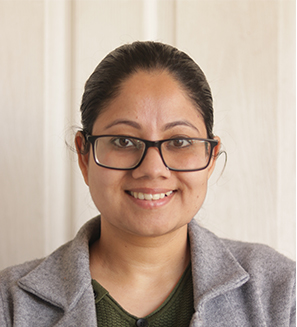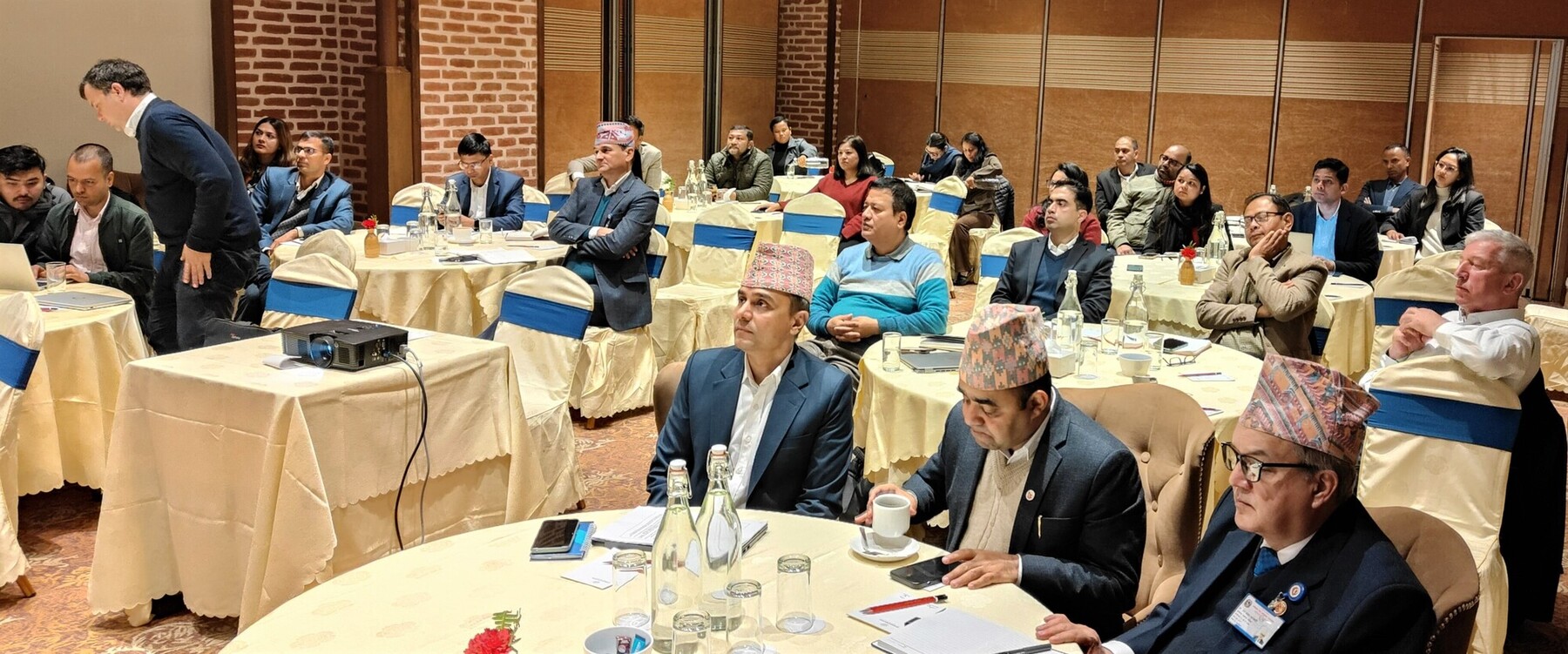“I carry more water than I actually can. It’s more important to fetch water than to listen to my body,” Kamala Devi Pathak of Salyantar (Dhading) shares her hardships in the documentary film, “The Weight of Water: The Human Cost of Climate Change” screened at the World Climate Summit 2021, and then in Nepal in March of 2022. She suffers from uterine prolapse.
Her story is one of four in the film which talks about the impacts of climate change on human lives. Currently being premiered in London, the film is available on YouTube for public access. This article refers to Kamala’s story, not to discuss the evident burden of water on her life, but to shed light on the intersection of gender norms, climate change, and her poor health condition.
The nearest and only source of water, the natural spring is about two hours down from where Kamala lives. The tap water available in the localities are just about enough for washing and cleaning purposes. The Nepali government, since 1975, has been trying to supply drinking water there. The film explains, “there are unresolved problems”. One of the factors entailing “unresolved” is the failed priority-setting by the government in terms of infrastructural development in difficult terrain. Most important, global warming has caused the drying up of the springs in Salyantar.
Climate change combined with unfair gender norms shape poor health conditions for women. The impacts are going to exacerbate in the days to come.
A senior climate change specialist of ICIMOD explains the noticeable changes in precipitation and rainfall patterns in Nepal. “The onset of the monsoon is changing, and so is the precipitation level. The warming is 0.6 degrees per year, which is quite intensive by global standards,” he says in the film.
The mental turmoil and physical pain caused by her disease are vivid in Kamala’s facial expressions, as she walks past the visually captivating landscape of Salyantar with her heavily-loaded gaagri. It takes her painful three hours to reach home, after fetching water. The more water she can fetch at a thread, the more chances of long-lasting water storage at home to consume for a longer period of time. She instantly engages in cooking for her family after fetching water. There is no time and opportunity for rest. She sighs, “There are men in the house but they never help. There are no other women, that leave me for all the housework.”
A study conducted in Melamchi in 2019 revealed (sampled) women worked for eighteen hours a day and got to rest for six hours while their male counterparts worked for sixteen hours and rested for nine hours. The same study revealed that the women spent four hours a day fetching water apart from other household work.
Such gendered labor of fetching water is informed by gender normative roles whereby women are expected to perform all the household chores irrespective of their unfavorable health conditions. For women (like Kamala) who carry a heavy load almost daily, the risk of suffering from uterine prolapse increases exponentially. Also, the painful consequences for those already suffering from it are exacerbated significantly. Generally non-life-threatening, uterine prolapse leads to severe bodily pain and discomforts, depression, and severe infection that could lead to death if not treated in time.
The gendered division of labor affects men too, as they perform “breadwinning” roles and often engage in strenuous work outdoors. However, in patriarchal structures, the rigid gender roles leave little scope for women to negotiate and take decisions as per their health needs. Further, social practices such as early marriage increase the risk of reproductive diseases. “I got married when I was 17,” Kamala shares in despair. “I had my first child within the first year of my marriage,” now a mother of three children, sighs. “Fetching heavy load of water four times a week during pregnancy and soon after each delivery led to uterine prolapse.”
Climate change combined with unfair gender norms shape poor health conditions for Kamala and other women alike. Further, evidence shows that the impacts are going to exacerbate in the days to come. As Nepal’s former Minister of Water Resources, Deepak Gyawali confirms, “there are places in Nepal where entire villages in the hills are being abandoned because the springs have dried. There is no way you can get water there as the next water source maybe 500 meters down from residential areas”.
Issues and concerns about climate change exacerbating women’s vulnerabilities are extensively discussed around the world. Through Kamala’s story, the film affirms that the gender and environmental determinants influencing women’s health are intertwined. Simultaneously, it reminds its viewers to be mindful of context-specific intersections while situating women in the global discourse of climate change. There is a direct call for policy actions to incorporate strategies for mitigating risks associated with climate change and its impacts on women’s health in Nepal. Additionally, there is an implicit suggestion that policymakers need to be informed of the unequal gender dynamics underpinning poor health outcomes for women.
The article has been published on Nepal Live Today.












Comments (0)
No comments found.